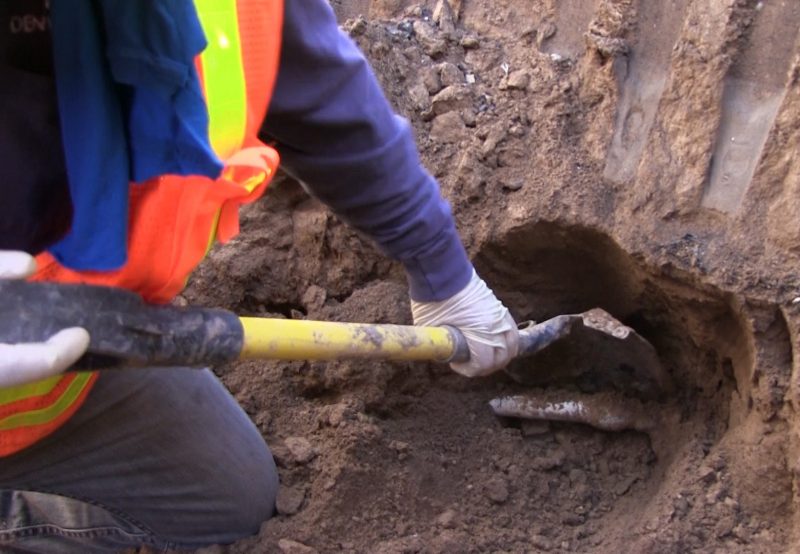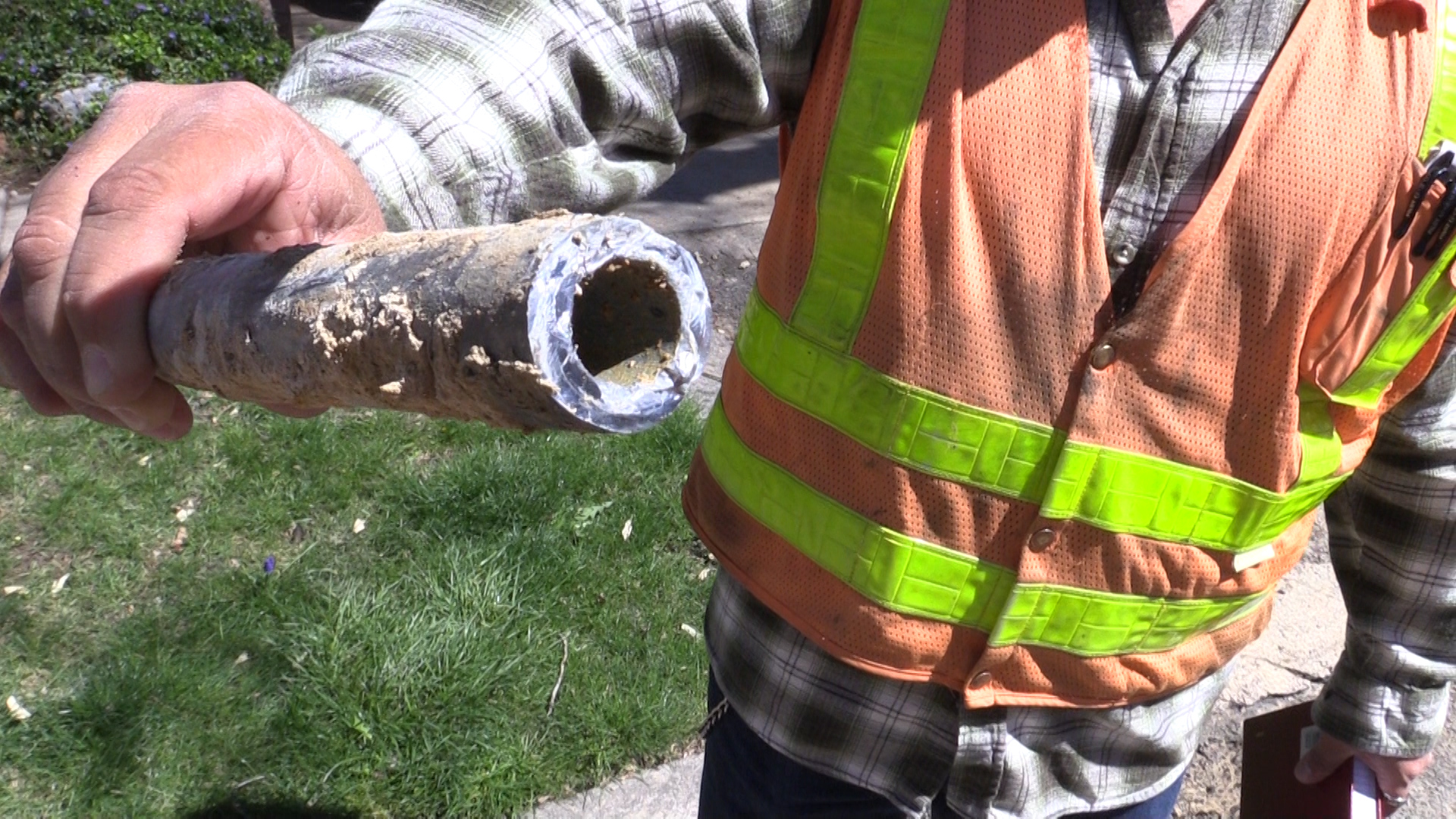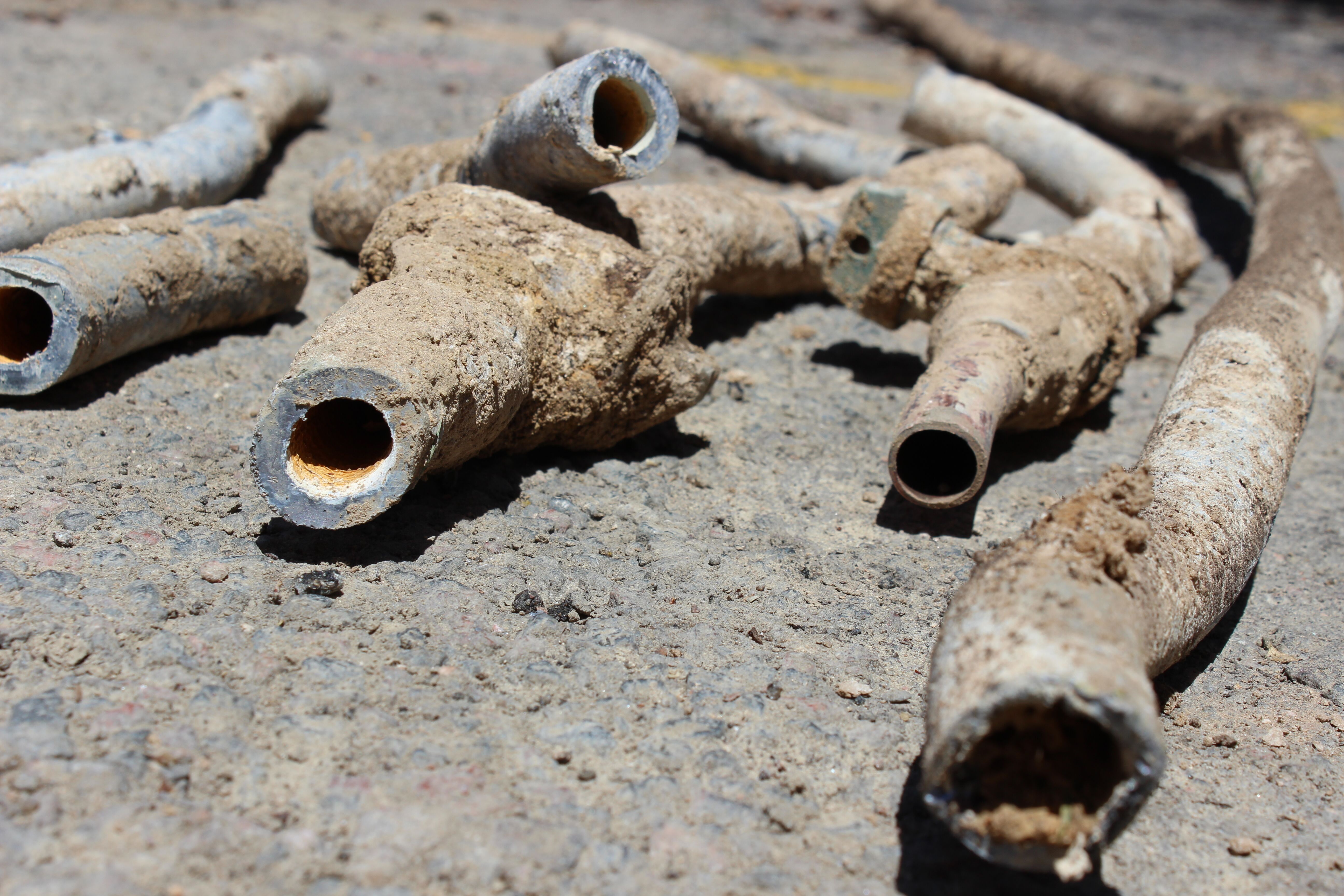
Denver Water’s Lead Reduction Program Plan submitted to EPA
Do you live in a metro area home built in 1951 or earlier? If so, your pipe that connects your home to Denver’s water system may be made of lead.
Denver Water has submitted a plan to remove these lead service pipes at no charge to the customer.
The proposal also aims to protect families who are at risk of lead getting into their water from their lead service pipe, plumbing or faucets.
On Sept. 6, Denver Water submitted its Lead Reduction Program Plan to the Environmental Protection Agency and will be taking public comment on that plan until Oct. 10.
All comments will be provided to the EPA and the Colorado Department of Public Health and Environment. A decision on the proposal is expected by the end of the year.
The plan, if approved, would build on Denver Water’s decades of work addressing lead in the community and is being offered as an alternative to the state’s mandate that orthophosphate, a food additive, be added to the utility’s drinking water in March 2020.
Denver Water’s proposal and the mandate from state health officials both have the same goal: reducing the risk of lead in the tap water in homes in the utility’s service area that have lead plumbing and service lines.
“Denver Water’s proposal is a holistic approach that we believe is most protective of future generations and is in the best interest of public health and the environment,” said Denver Water CEO/Manager Jim Lochhead.
“By tackling the issue at its source, our plan will eliminate lead service lines — the most significant source of lead in tap water — within 15 years and have fewer impacts to rivers, streams and reservoirs.”
To access an executive summary of the plan and the comment form, click here.
The water Denver Water delivers to customers’ homes and businesses is lead-free. But lead can get into the water as it moves through lead-containing household plumbing and service lines that are owned by the customer and are not part of Denver Water’s system.
The proposed program includes:
- Replacing all customer lead service lines, at no charge to the customer, to remove the most significant source of potential lead entering drinking water.
- Increasing the pH level of the drinking water to help prevent corrosion from homes with lead fixtures and pipes with lead solder.
- Providing at-home water filters, free of charge, to all Denver Water customers suspected of having a lead service line until the line is replaced by Denver Water.
Public comments submitted earlier this year on the proposal were nearly all positive, with 98% of the commenters indicating that they supported the plan.
How much the program, if approved, will cost is still under review. But estimates indicate the financial impact of adding orthophosphate could be larger for the region than Denver Water’s proposal.
For comparison, the regional cost impacts related to adding orthophosphate to drinking water is estimated to be between $480 million and $714 million. Denver Water estimates its proposal could cost between $304 million and $556 million.
In addition to the financial differences, experts at the utility say there are other drawbacks to Denver Water using orthophosphate. Adding the nutrient into the larger water supply can, under the right conditions, set off a chain of problematic events, such as accelerating the growth of algae in area lakes, reservoirs and ponds.
The proposal follows nearly 30 years of water quality monitoring conducted by Denver Water, per the federal regulation known as the Lead and Copper Rule, at homes with known lead service lines and plumbing. The testing was to ensure existing adjustments to the corrosivity of the water were working to minimize the risk of lead getting into the water in homes with lead service lines and plumbing.
Only once, in 2012, did test results from the homes indicate action needed to be taken to ensure corrosion levels remained in check. Since then, test results have been in compliance with federal standards as the utility has worked with state and federal regulators to determine what additional steps needed to be taken.
The state’s mandate to add orthophosphate to Denver Water’s drinking water, and the utility’s alternative proposal, are a result of years of work and study involving the utility, state and federal health officials and regional stakeholders.
Denver Water also has a map of estimated customer-owned lead service lines as a starting point to help customers identify the likelihood of their home having a lead service line. Customers are encouraged to verify the accuracy of the information represented by this map for their residence by requesting a free water quality test from Denver Water.



